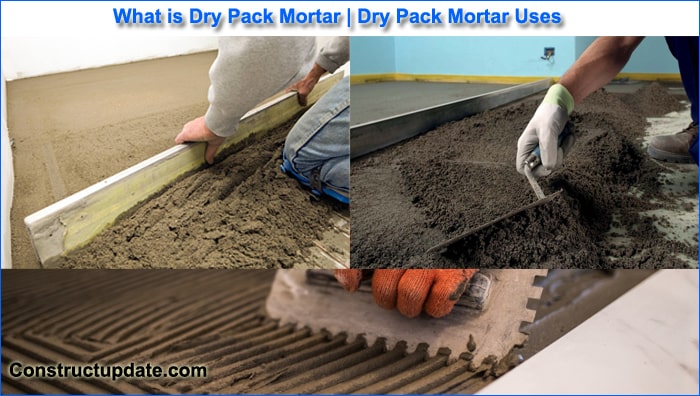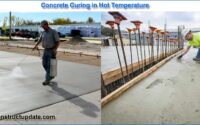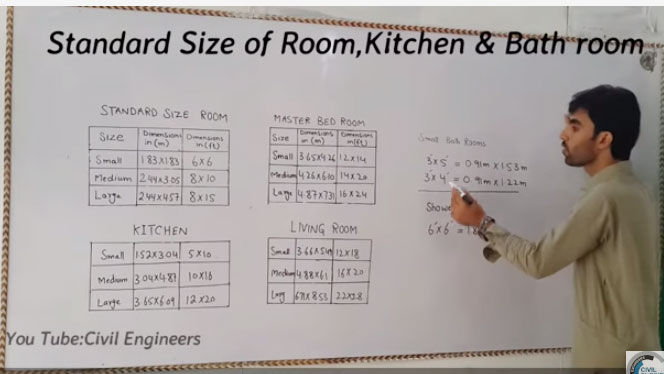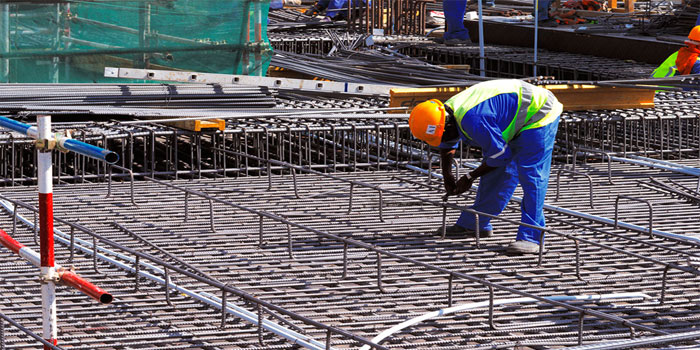What is Dry Pack Mortar | Purpose of Dry Pack Mortar | Dry Pack Mortar Proportion
What is dry pack mortar?
A strong sand-cement mortar called dry pack mortar is frequently used to patch up small, narrower-than-deep cracks.
How to prepare Dry Pack Mortar to use?
Dry pack mortar, as defined by the Bureau of Reclamation’s Guide to Concrete Repair, is composed of one part cement, two and a half parts sand, and just enough water to make a mortar that will simply cling together when formed into a ball with the hands. When placed on a flat surface, the ball shouldn’t sag or collapse from a lack of moisture.
After mixing, place the dry pack mortar immediately. Using a hammer and a hardwood dowel or stick, compact the mortar in the hole. The sticks typically measure no more than one inch in diameter and eight to twelve inches in length.
Use a wooden stick rather than a metal one since metal tends to polish the surface of the mortar, decreasing the certainty of bonding and increasing the unevenness of filling. Layers of mortar should be placed and compacted to a thickness of about 3/8 inch. To guarantee maximum compaction in these locations, direct the tamping at a little inclination toward the sides of the hole.

Purpose of Dry Pack Mortar:
- When the depth is higher than the width, it does minor repairs.
- Repair any holes left behind after form ties are cut off, such as those made for cores, cone bolts, and grout insert holes.
- Create tiny spaces to allow cracks to mend.
Dry Mortar Mix Proportion:
One part cement and four parts sand are the usual mix proportions for manufacturing dry-pack mortar. Sand that will be used to make dry pack mortar needs to be clean and dust-free.
The dry mix mortar mix ratios that can be utilised are 1:3, and 1:5. The usage for which dry mortar mix is intended determines the mix proportion.
The dry mix mortar’s water ingredient should be drinkable and salt-free. In order to create a mortar that can stay together and be formed into a ball with the aid of hands, the proper amount of water must be added to the dry mortar mix.
Dry Pack Mortar Advantages
- Applied to both interior and exterior purposes
- There is no longer a requirement to mix cement and sand on the job site.
- It is easily tamped, compacted, and sloping.
- On big jobs, it ensures a consistent blend.
Disadvantages of Dry Pack Mortar:
- The possibility of shrinking in the dry pack mortar exists.
- It won’t form a solid bind with the surface if it is not properly blended.
- Dry pack mortar cannot be used for substantial repairs or to cover large fissures.
- Only tasks requiring less thickness are appropriate for it.





